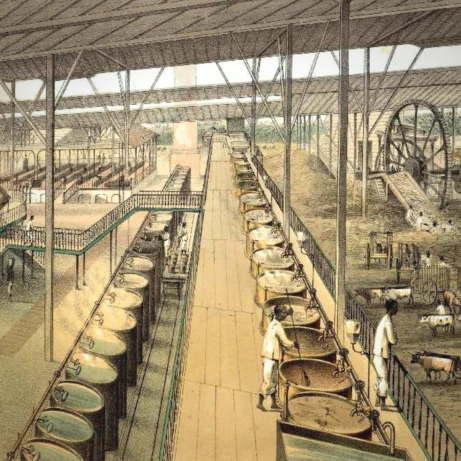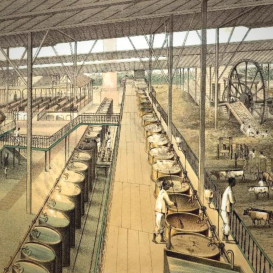A global history of knowledge in the age of empire requires attention be paid not just to the role of technology as a driver of colonial expansion but also to the governance of practical knowledge in the imperial space—that is, the making of institutional structures, bureaucratic procedures, and communities of expertise for the generation, protection, and circulation of useful technologies.
Building on a study of the expansion of colonial patent systems in the Caribbean during the long nineteenth century, this project sheds light on the diversity of scientific and technological institutions throughout the Atlantic empires in that period. British, French, Dutch, and Spanish Caribbean colonies constituted a massive "archipelago" of patent regimes that is likely one of the most salient examples of international diversity among innovation cultures in modern history. These Caribbean patent regimes acted as central information systems linked to the production and trade of imperial commodities such as sugar, copper, colorants, and tobacco.

A Sugar Refinery in Cuba, 1857.
Source: Justo Cantero, Los ingenios: colección de vistas de los principales ingenios de azúcar de la Isla de Cuba (Havana: Litografía de L. Marquier, 1857).
This project makes three main contributions. First, it advances a new analytical framework that helps unpack the historical diversity of knowledge production regimes in imperial contexts and illuminates the role of the actors who participated in the mobilisation of technologies in colonial economies. Second, it provides a global and comparative historical approach to the governance of knowledge, thus counterbalancing the traditional nation-centric approach to the interpretation of innovation systems. Third, by enhancing the debate on the evolution of patent bureaucracies, it contributes to an interdisciplinary dialogue on the history and theory of intellectual property rights.

